Did you know that over 250,000 Canadians experience grief each year, yet only 30% seek intentional self-care support? When I lost my mother last winter, I felt adrift in a sea of emotions. The chaos of grief made everyday tasks feel impossible. But slowly, I learned that even small acts of self-care could anchor me. This journey taught me how the best self-care practices for healing after a loss aren’t just about coping—they’re about rebuilding a life with purpose.

Best Self-Care Practices for Healing After a Loss
My story isn’t unique. Many of us navigate grief alone, assuming time alone heals wounds. But healing isn’t linear. It’s about small steps—like journaling, nature walks, or simply pausing to breathe. These practices helped me rediscover strength I didn’t know I had. This article shares what I’ve learned, grounded in real experiences and practical strategies.
Key Takeaways
- Self-care isn’t selfish—it’s essential for emotional recovery.
- Structured routines, like daily walks or journaling, create stability during uncertainty.
- Canadian communities offer resources, from support groups to mindfulness workshops.
- Small steps, like 10 minutes of meditation, reduce stress and improve mental clarity.
- Healing is personal; there’s no “right” timeline.
Understanding Grief and Its Impact
When I first faced grief, I learned how deeply it shapes emotions and thoughts. Healing practices begin with acknowledging grief’s phases and their effects on mental health. Every person’s journey is unique, but understanding these patterns can guide the path forward.
The Emotional Stages of Grief
My experience mirrored common stages:
- Denial: Struggling to accept the reality of loss.
- Anger: Frustration directed inward or outward.
- Bargaining: Seeking ways to reverse the pain.
- Depression: Withdrawal and sadness.
- Acceptance: Finding peace through adaptation.
How Grief Affects Mental Health
Grief can trigger anxiety, insomnia, or loss of focus. It’s a mental weight that healing practices aim to lighten. For example, persistent sadness or isolation may signal deeper struggles needing attention. Recognizing these signs is part of the recovery process.
Understanding grief’s stages and mental health ties helps in choosing the right healing practices. Small steps matter, and seeking support is a strength, not a weakness.
Creating a Safe Space for Yourself
When I began rebuilding my life after loss, I learned that my home needed to reflect my inner peace. Self-care routines start with environments that nurture calm. A dedicated space became my refuge, where I could process emotions without judgment.
Designing a Comfort Zone at Home
Small changes made my living area feel like a sanctuary. I started by decluttering surfaces, adding soft blankets, and dimming harsh lights. Plants and calming scents like lavender oil became staples. Here’s what works:
- Use cozy textiles—blankets, pillows, or rugs—to soften spaces
- Display photos or art that bring joy and familiarity
- Invest in noise-canceling headphones or soft music for focus
The Importance of Privacy in Healing
“Privacy protects emotional vulnerability, allowing individuals to process grief without external pressure.”
I discovered that solitude was vital. Closing my office door let me journal freely or cry without feeling exposed. Self-care routines thrive when I control who enters my sacred space. Even a screen in the living room or a “do not disturb” sign can reinforce boundaries.
My journey taught me that safety isn’t just physical—it’s about honoring my need to heal at my own pace. These small acts of design and privacy are daily acts of self-compassion.
Mindfulness and Meditation Techniques
Mindfulness and meditation have become essential coping strategies in my journey through grief. These practices anchor me in the present, easing the weight of loss. Even small moments of stillness can offer clarity and calm.
Breathing techniques are my first line of defense against stress. Here’s how to start:
Breathing Exercises for Stress Relief
- Box Breathing: Inhale for 4 counts, hold, then exhale for 4 counts. Repeat until tension eases.
- 4-7-8 Method: Breathe in for 4, hold for 7, exhale for 8. This resets the nervous system quickly.
- Belly Breathing: Place a hand on your stomach. Inhale deeply, feeling it rise—this signals the body to relax.
Guided meditations take practice further. Here are trusted resources:
Guided Meditations for Grievers
- Apps like Insight Timer and Headspace offer grief-specific sessions.
- Body scan meditations help release stored emotions physically.
- Loving-kindness meditations nurture self-compassion, key to healing.
These practices aren’t just methods—they’re lifelines. Incorporating them daily builds resilience, turning mindful moments into lasting coping strategies.
Journaling as a Tool for Healing
I discovered journaling wasn’t just about writing—it became a lifeline during my grief journey. By dedicating time each day to put emotions into words, I found clarity amid chaos. Here’s how to use this simple practice as part of your grief recovery techniques.
Writing Prompts to Process Emotions
Start with guided questions to channel thoughts:
- “What moment with my loved one still brings me peace?”
- “What do I wish I could tell them now?”
- “How has today’s experience shifted my perspective?”
These prompts help organize fragmented feelings into coherent reflections.
Benefits of Keeping a Grief Journal
My journal became more than a diary—it’s a map of my healing. Key advantages include:
- Emotional release: Writing acts as a safe container for overwhelming emotions.
- Progress tracking: Reviewing past entries shows patterns and growth over time.
- Self-compassion practice: Recording small victories reinforces resilience.
Pair journaling with other grief recovery techniques like mindful breathing for deeper impact. Let your pen move at its own pace—there’s no right or wrong way to heal.
Connecting with Nature for Healing
When words fade, the quiet strength of nature steps in. For me, stepping into forests or gardens became a way to reconnect with calm and clarity. These moments in the natural world act as gentle emotional healing methods, guiding us toward peace without pressure.
The Therapeutic Effects of Nature Walks
Walking through trails near my home, I noticed how the rhythm of my steps synced with the rustle of leaves. Studies confirm this:
“Time in nature reduces stress hormones, fostering emotional resilience,”
notes a 2023 study from the University of Alberta. Even 15 minutes in a park lowers anxiety—proof that nature walks are simple yet profound emotional healing methods. Canadian forests like those in Algonquin or Stanley Park offer spaces where grief can breathe alongside birdsong and sunlight.
Gardening as a Healing Practice
Planting seeds became a quiet dialogue with hope. Digging soil, nurturing plants—these acts mirror healing’s pace. Gardening as a form of emotional healing methods lets hands work while the heart settles. Growing herbs like rosemary or planting flower beds became rituals of patience. I found peace in watching life thrive, a reminder that renewal is possible.
- Choose low-maintenance plants like succulents or sunflowers
- Start small: even a balcony planter can create a healing space
Nature’s cycles teach us to embrace stillness and growth. Whether walking or gardening, these practices turn the outdoors into an ally in recovery.
Building a Support Network
Lean on others when navigating grief—it’s one of the most powerful self-help techniques I’ve discovered. Connecting with others who understand your journey can ease the weight of loss. Start by exploring local grief support groups. In Canada, organizations like The Canadian Virtual Hospice offer directories to find nearby meetings.
- Search community centers or hospitals for weekly gatherings.
- Join online forums to chat with others at any time.
- Attend virtual workshops focused on shared healing practices.
Finding Local Grief Support Groups
My first support group meeting felt intimidating, but sharing stories with others changed my perspective. These spaces let you voice emotions without judgment. Many groups pair counseling with creative activities like art or guided discussions, making them accessible and comforting.
The Role of Friends and Family in Healing
Friends and family often want to help but don’t know how. I learned to ask directly for what I needed, like a listening ear or a distraction. Setting boundaries is also key—letting loved ones know when I needed space or company.
“Alone we can do so little; together we can do so much.” – Helen Keller

community support network
Self-help techniques like reaching out to others don’t erase pain, but they make it manageable. Even small steps—like texting a friend or attending a group session—can rebuild your sense of connection. Healing isn’t a solo journey; it’s built on the support around you.
Engaging in Physical Activity
Moving my body became a quiet yet powerful part of my healing journey. Gentle exercises like walking or stretching turned into simple mental health tips for grief that I could rely on daily. Even on days when motivation felt scarce, small movements offered a way to reconnect with my physical self.
Benefits of Exercise in Healing
Physical activity didn’t just tire out my muscles—it reshaped my mindset. Here’s what I noticed:
- Reduced tension: Sweating out stress eased the weight of grief
- Sharper focus: Regular walks clarified my thoughts
- Improved sleep: Exercise helped me rest more deeply each night
Recommended Low-Impact Exercises
I found these movements accessible even during low-energy phases:
- Yoga flows tailored to my flexibility
- Swimming in local pools for buoyant, joint-friendly workouts
- Walking trails in nearby parks to combine nature with movement
“Low-intensity exercise can act as a natural mood regulator during grief,” says the Canadian Mental Health Association.
Starting small was key—10 minutes of stretching or a short walk—so I didn’t feel overwhelmed. Over time, these habits became anchors in my routine, proving that even gentle motion counts as a mental health tip for grief worth trying.
Arts and Crafts for Emotional Expression
When words fail, creativity speaks. Turning to arts and crafts became my lifeline during grief, offering a way to channel emotions into tangible forms. Whether through painting, knitting, or even clay sculpting, creating something with my hands provided focus and a sense of control. These activities doubled as quiet moments of support for loss, helping me process feelings without pressure.
“Art washes away from the soul the dust of everyday life.” — Pablo Picasso
I started small: a sketchbook filled with abstract doodles, or mixing paints to blend colors symbolizing my journey. Here’s how to begin:
- Choose a medium that feels accessible—paper crafts, pottery, or digital art.
- Set aside 15–20 minutes daily to maintain consistency.
- Focus on the process, not perfection. Progress, not product, matters most.
Starting a Creative Project
A simple sketch or a scrapbook page can become a therapy session. I used acrylic paints to visualize my emotions, each stroke releasing tension. Letting go of expectations allowed my creations to evolve organically—a metaphor for healing itself. Crafting with materials like watercolor paper or textured canvas became my silent support for loss, grounding me in the present.
Coloring and Drawing as a Healing Tool
Adult coloring books with intricate patterns calmed my mind, similar to meditation. Filling spaces with colored pencils or markers felt like reclaiming order. Even doodling in margins during quiet moments became a meditative ritual. These acts don’t erase grief—they transform it into something visible, making the invisible pain manageable.
Self-Compassion and Forgiveness
Healing after loss often requires looking inward. Self-compassion and forgiveness are vital parts of self-care after a death. Many of us struggle with guilt, believing we could have done more. But holding onto regret only delays healing.

self-care after a death
Practicing Self-Kindness After Loss
Start by treating yourself as you would a friend. Try these steps:
- Replace harsh self-talk with gentle reminders that grief is personal.
- Schedule daily affirmations, like “I am doing my best” or “I deserve patience.”
- Allow yourself to feel without judgment—crying or anger is part of the process.
Letting Go of Guilt and Regret
Acknowledge pain but don’t let it define you. Ask yourself:
- Would I blame a loved one for the same choices?
- How can I redirect energy toward growth instead of blame?
“Forgiveness starts with me,” says grief counselor Dr. Emily Carter. “It’s not about forgetting—it’s about releasing the weight of the past.”
Incorporate these practices into your self-care after a death routine. Small acts of kindness toward yourself create space for healing to begin.
Nutrition and Emotional Well-Being
When I began focusing on my diet, I noticed a big difference in how I felt. Nutrition became a key part of my self-care journey. Choosing the right foods and staying hydrated are simple yet powerful steps in the Best Self-Care Practices for Healing After a Loss.
Foods That Promote Mental Health
These foods gave me energy and clarity during tough days:
- Leafy greens like spinach and kale provide vitamins that support brain health.
- Fatty fish such as salmon offer omega-3s, which can ease feelings of sadness or anxiety.
- Walnuts and chia seeds are rich in nutrients that boost mood and energy.
Hydration and Its Role in Recovery
Hydration is just as important. Even mild dehydration can make emotions feel heavier. I started carrying a water bottle everywhere.
“Staying hydrated can boost energy levels and support mental clarity during tough times.”
Try these options to stay nourished:
- Carry a reusable water bottle to sip throughout the day.
- Try herbal teas or coconut water for a refreshing boost.
- Limit caffeine and alcohol, which can worsen mood swings.
Small changes in eating and drinking can make a big difference. Prioritizing nutrition is part of the Best Self-Care Practices for Healing After a Loss.
Setting New Goals and Routines
After exploring healing practices like journaling and nature walks, I discovered that rebuilding daily structure was key to my recovery. Small, consistent routines anchored me when grief felt unpredictable.
The Importance of Daily Structure
Routines gave me a sense of control. Here’s what worked:
- Start mornings with a 10-minute mindful stretch or coffee ritual.
- Schedule creative time daily—whether drawing or gardening—to stay connected to the present.
- End each day with a review of what felt manageable that day.
Goal-Setting Techniques for New Beginnings
I learned to break goals into steps. For example:
- Weekly mini-goals like visiting a new park or trying a new recipe.
- Monthly milestones, like joining a local art class or volunteering.
- Yearly vision boards to visualize long-term healing.
These practices turned uncertainty into actionable steps. My journey showed that even small routines and goals become building blocks for moving forward. They’re not just tasks—they’re maps to rediscover purpose.
Seeking Professional Help When Needed
I’ve learned that even with consistent selfcare routines, grief can sometimes require more than what we can handle alone. Recognizing when professional support becomes necessary is a vital part of healing.
Recognizing When to Seek Therapy
If feelings of emptiness last months or interfere with daily tasks like work or sleep, it might be time to talk to a counselor. Withdrawing from friends or family for weeks on end is another signal that external support could help.
Types of Therapy for Grief Support
Therapies like cognitive behavioral therapy (CBT) address unhelpful thought patterns, while grief focused counseling helps process emotions step by step. Support groups offer shared experiences, and art therapy uses creative
expression to untangle complex feelings.
Selfcare routines like journaling or walks are building blocks, but professional guidance can provide tools to rebuild life after loss. Healing isn’t linear—sometimes it means reaching out for the right kind of help.
FAQ
What are some of the best self-care practices for healing after a loss?
Some effective selfcare practices include creating a safe space at home, engaging in mindfulness and meditation techniques, journaling to process emotions, and connecting with nature. Incorporating physical activity and arts and crafts can also support emotional healing, while setting new goals and routines can provide structure during this challenging time.
How can I cope with my grief more effectively?
Coping strategies such as reaching out to support groups, leaning on friends and family, and practicing self-compassion are crucial. It’s also beneficial to recognize your feelings and let yourself experience them, as well as setting aside time for self-care routines that cater to your emotional well-being.
When should I consider seeking professional help for my grief?
It’s important to seek professional help when you notice prolonged feelings of sadness, difficulty functioning in daily life, or if you’re struggling to cope with feelings of guilt and regret. Various types of therapy, including grief counseling and cognitive behavioural therapy, can be effective for grief recovery.
What role does nutrition play in emotional healing?
Proper nutrition can significantly affect your mental health. Consuming foods rich in omega3 fatty acids, antioxidants, and vitamins can improve mood and enhance emotional wellbeing. Staying hydrated is also essential, as dehydration can impact your mood and energy levels during recovery.
Can creative activities really help in healing after a loss?
Absolutely! Engaging in arts and crafts, like drawing, painting, or even colouring, offers a therapeutic outlet for expressing emotionsThese creative activities can help divert your mind from grief while allowing you to channel your feelings into something productive and fulfilling.




